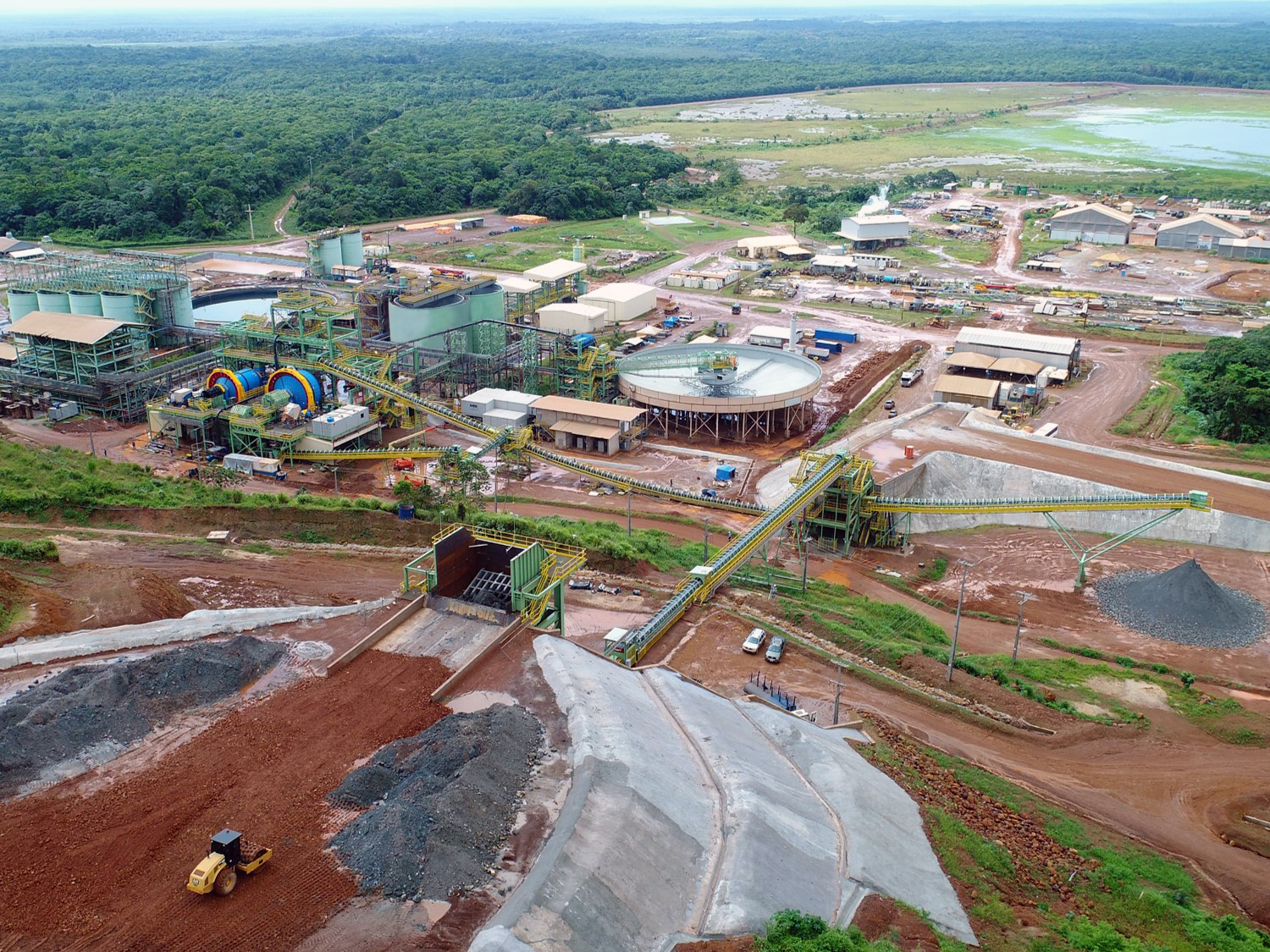What happens to the community when a mine closes?
When mines scale down or close down, the impact on the surrounding community is significant. The burning question is: can the blow be softened?
When mines are established, they are compelled by law to put aside funds to deal with the closure of the mine. As part of their social and labour plans (SLP), mines must put a five-year closure process in place, spanning rehabilitation of the area, management of socio-economic impacts and upskilling and retraining of workers. The reality: few of these measures actually address the real issues the community faces.
Post a mine’s closure, the community quite literally closes down. There is direct loss of employment, and also loss of the secondary employment (jobs created within the supply chain of the mine, for example if a company establishes a local branch to service the mine) opportunities that spring up to service the mine and the people in the community. The economy shrinks, people move on, houses are abandoned, and these towns become ghost towns overnight. With no other economic activity in the area to bring revenue into the community to support infrastructure, a cycle of poverty begins.
What can be done?
The mine closure strategy and plan as stated in the SLP stipulates that the mine to upskill or reskill its employees (miners). This should also include a budget which is to be set aside for this purpose, together with the rehabilitation of the mine. What is needed is acquisition of ‘portable’ skills, such as electrician or carpentry skills, that can be applied in other sectors or used by workers with entrepreneurial spirits or willingness to create an income outside of “formal” employment. However, these plans have rarely proven successful — where can these trades be plied when the businesses supplying the mine and salaried workers have left town. This leaves unemployed miners with few options. Many migrate to find work or join the ranks of illegal miners (Zama Zamas) that exploit the un-rehabilitated and usually unsecured mining works left behind, this is a hazardous choice.
The reality is that the challenge for communities is much bigger. A more strategic approach by the local municipality and by community and business leaders is needed—one that empowers communities to plan for and take control of their own futures.
A more strategic approach
An event hosted by the Rustenburg Chamber of Commerce (RCOC) in partnership with the Rustenburg Local Municipality and the Small Business Institute (SBI) at the end of August 2018, was held to boost local investment and to identify possible business diversification strategies or opportunities, thereby limiting the regions reliance on mines as the main employment source.
Mines in the area face downscaling and closure as platinum prices continued to drop. Unemployment is increasing, and the Local Municipality is doing the right thing by bringing together small and medium sized enterprises (SMMEs) and big business, mobilising companies to drive innovation, explore synergies and new opportunities.
However, doing this after mines have closed or retrenched workers is like shutting the door after the horses have bolted.
Tough lessons
There are tough lessons being learnt. The biggest is that not all the blame can be placed at the door of the mines. Government and communities know decades in advance when the probable end of life of the mine will be reached, and it is part of the mine’s business plan. Provincial and local government need to increase their efforts and communities need to become more involved in planning their future.
The first step is to ensure all stakeholders understand each other’s roles and responsibilities. It is not the mine’s responsibility to maintain municipal or government infrastructure, i.e. public or national roads, sanitation or water services to all communities, etc. yet often communities protest against the mines because of lack of access to sanitation services or water. Yes, the mines do have certain responsibilities, but these are mainly toward their own employees and not the broader communities. Also, mines pay huge taxes on their earnings and that revenue needs to be invested or utilised wisely by the local municipality.
Forward planning that takes care of the needs of all stakeholders must also become a core part of engagements where mines are established.
In terms of infrastructure, for example, the mine will need access to water for production, but the community’s water supply cannot be compromised. This cannot be ‘cleaned up’ after the fact when business incentives have faded, nor should mines be allowed to divert water from local communities. Proper enforcement of local by-laws and policies should be implemented, whilst be cognisant of the impact on both the mine and the surrounding communities.
And then there’s the strongest future driver of all: how can each of these stakeholder’s work to ensure the community is self-sustaining when a big economic powerhouse within the community, like a mine, eventually closes its doors.
New thinking
Local government leaders need to take lessons from business. Innovation, collaboration, entrepreneurship and business development capabilities are needed. By diversifying early—establishing secondary economies in other industry segments (e.g., manufacturing, tourism, agriculture, technology) that will sustain communities even after mines have closed, these communities can continue to thrive.
Questions they could be asking:
- How can the skills of workers employed by the mine be put to use?
- What incentives can be offered to attract job-creating business activities?
- What infrastructure is needed to drive growth and investment?
- How is the community geographically located and what natural and historical assets does it have – can it be a hub for cultural events or tourism?
- How can annual local or national events, such as sport or industry events, become a revenue spinner for the community, attract other opportunity?
- How can the rehabilitated mine land / infrastructure be utilised for community beneficiation such as agricultural projects or the re-use of workshops for SMME business hubs, etc.
- What SMME opportunities exist in order to maintain and continue the rehabilitation of the mine?
- Is there an opportunity for the community to safely utilise the treated mine water?
- Are there opportunities for the local community members to establish a craft mine entity in order to re-mine the mine tailing or operate the mine on a much smaller scale than the large mining houses, thereby ensuring that the smaller operation is a more profitable enterprise? What would hamper this opportunity?
As the mining sector continues to shed jobs, there needs to be greater awareness of the impacts to the community, and the mitigating actions that can be taken. If government, the community and the mines can work together, bridging the gap to begin building self-sustaining communities may be possible.
Share this content:















Post Comment